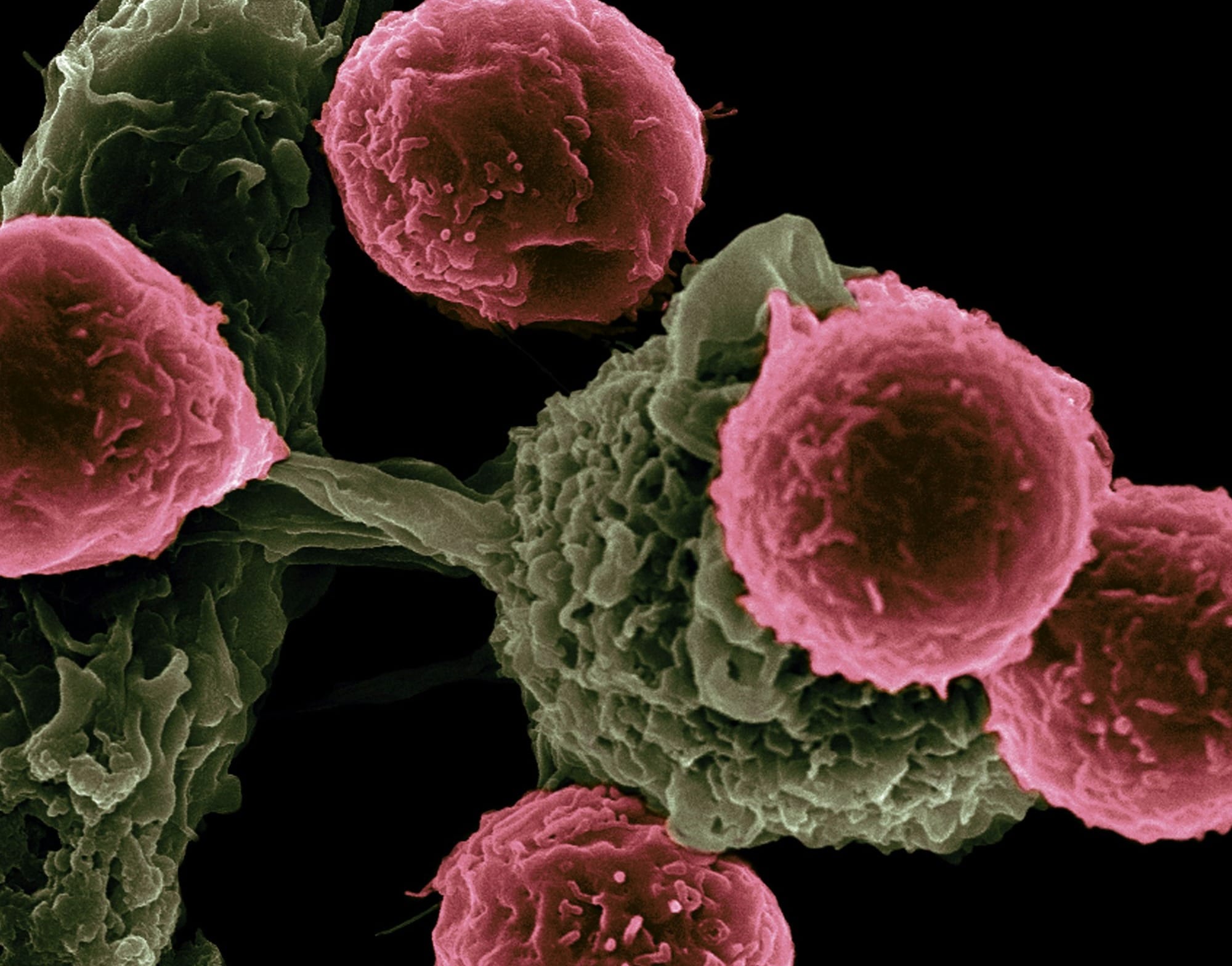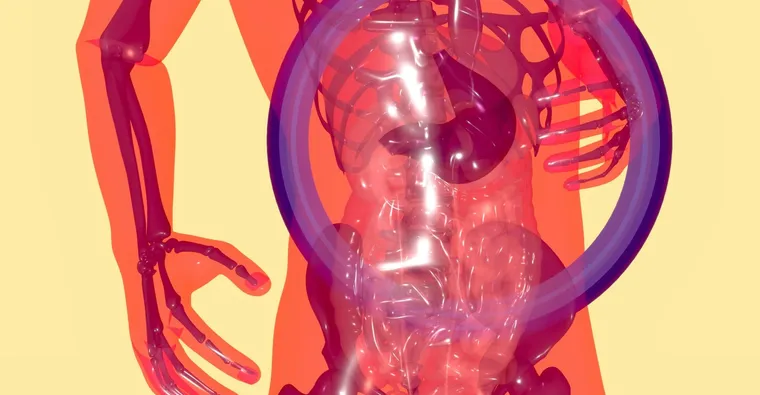Early detection of liver cancer symptoms can lead to more effective treatment options. Staying informed empowers you to act swiftly and seek the right medical care.
How Liver Cancer is Diagnosed
The process of diagnosing liver cancer often begins with imaging tests. Ultrasound, CT scans, and MRIs are typically used to create detailed images of the liver, helping doctors detect any abnormalities or tumors. For a more definitive diagnosis, doctors may perform a liver biopsy, where a small tissue sample is extracted and examined under a microscope. Blood tests can also aid in diagnosis by checking for elevated levels of alpha-fetoprotein (AFP), a substance often present in higher amounts in liver cancer patients.
Advanced diagnostic techniques such as elastography may also be utilized to measure liver stiffness, an indicator of fibrosis or cirrhosis, which can be suggestive of liver cancer. In some cases, a combination of multiple tests and evaluations, including the patient's medical history and physical examination, is necessary to accurately diagnose liver cancer. The Barcelona Clinic Liver Cancer (BCLC) staging system is another tool frequently used at this stage to assess the extent and severity of the disease, guiding treatment decisions and prognosis.

Common Symptoms of Liver Cancer
Liver cancer often presents with subtle symptoms that may initially be mistaken for more common, less severe conditions. You might experience persistent abdominal pain, which can range from mild discomfort to severe, sharp pain, typically located on the upper right side beneath the ribs. Additionally, there could be a sense of fullness after small meals or an unexplained lump in the abdomen, suggesting swelling or a mass. These physical changes can be alarming and should warrant a timely consultation with a healthcare provider.
You may also notice systemic symptoms that affect your overall well-being. Fatigue and general weakness could become persistent, impacting your daily activities and quality of life. Loss of appetite and unintended weight loss are common, often coupled with nausea and vomiting, which further deplete energy levels. In more advanced stages, jaundice might develop, characterized by yellowing of the skin and eyes, and noticeable changes like easy bruising or abdominal swelling, indicating liver dysfunction. These symptoms highlight the importance of early detection and intervention.
Treatment Options for Liver Cancer
Liver cancer treatment strategies are diverse, reflecting the complexity of the disease. For some, surgical resection, known as partial hepatectomy, offers a potential cure by removing the cancerous part of the liver. Another curative option is orthotopic liver transplantation, which replaces the diseased liver with a healthy one from a donor. This is typically reserved for those with early-stage hepatocellular carcinoma (HCC) and limited cirrhosis. However, the availability of donor organs and the patient's overall health greatly influence the feasibility of this option.
For patients who are not candidates for surgery or transplantation, systemic and locoregional therapies offer hope. Chemotherapy and radiation therapy are traditional options that can help shrink tumors and alleviate symptoms. Targeted therapy and immunotherapy are newer modalities that harness the body's immune system or block specific molecules involved in tumor growth. Participation in clinical trials may also provide access to experimental treatments and innovative approaches. The choice of treatment often depends on factors such as the liver's condition, extent of cirrhosis, size, location, and number of tumors, as well as whether the cancer has metastasized beyond the liver.

